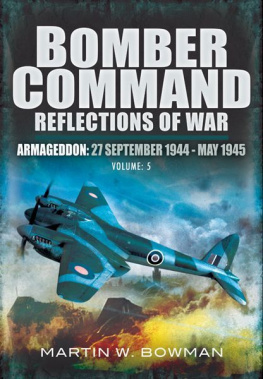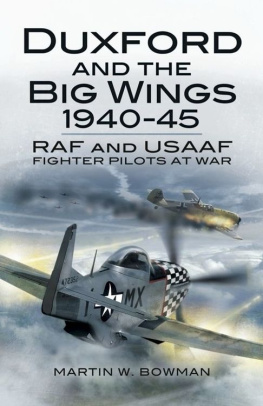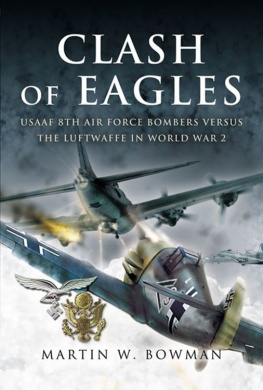
First published in Great Britain in 2009 by
Pen & Sword Aviation
an imprint of
Pen & Sword Books Ltd
47 Church Street
Barnsley
South Yorkshire
S70 2AS
Copyright Martin W. Bowman, 2009
9781844685134
The right of Martin W. Bowman to be identified as Author of this Work has been asserted by him in accordance with the Copyright, Designs and Patents Act 1988.
A CIP catalogue record for this book is available from the British Library.
All rights reserved. No part of this book may be reproduced or transmitted in any form or by any means, electronic or mechanical including photocopying, recording or by any information storage and retrieval system, without permission from the Publisher in writing.
Typeset in 11/13pt Plantin by Concept, Huddersfield.
Pen & Sword Books Ltd incorporates the Imprints of Pen & Sword Aviation, Pen & Sword Maritime, Pen & Sword Military, Wharncliffe Local History, Pen & Sword Select, Pen & Sword Military Classics, Leo Cooper, Remember When, Seaforth Publishing and Frontline Publishing.
Printed and bound in England by MPG Books Group
For a complete list of Pen & Sword titles please contact
PEN & SWORD BOOKS LIMITED
47 Church Street,
Barnsley,
South Yorkshire,
S70 2AS,
England
E-mail: enquiries@pen-and-sword.co.uk
Website: www.pen-and-sword.co.uk
Acknowledgements
John Aldridge; Frau Anneliese Autenrieth; Charlie Jock Baird; Raymond V. Base; Jack Bennett; Maurice Bishop; Len Browning; Mrs Susannah Burr; Ronald J. Clark DFC; Allen Clifford; Oliver Clutton-Brock, Editor, RAF Bomber Command Association; Bob Collis; Fred Coney; Dennis Cooper; Coen Cornelissen; Leslie Cromarty DFM; Tom Cushing; Hans-Peter Dabrowski; Wing Commander S. P. Pat Daniels; Frank Dengate DFC RAAF; Arnold Dring; Richard Ricky Dyson GM; Ronnie H. Squiggle Eeles; Howard Tommy Farmiloe DSO; David G. Fellowes; John Foreman; Jim George; Group Captain J. R. Benny Goodman DFC* AFC AE; Alex H. Gould DFC; Linda Greenacre; Charles Hall; Steve Hall; Brian Darkie Hallows DFC; Roland A. Hammersley DFM; Jack F. Hamilton; Erich Handke; A. J. Stanley Harrison; Leslie Hay; Bill Hough; Maurice Frank Hemming DFM; Ted Howes DFC; Zdenek Hurt; Ab A. Jansen; Mick Jennings MBE; Karl-Ludwig Johanssen; J. S. Johnny Johnston; John B. Johnson; Les King; Wing Commander Rollo Kingsford-Smith RAAF; Brian Maidment, Air Research Branch; Larry Melling; Frank Mouritz; Maurice S. Paff; Simon Parry; Derek Patfield; Pathfinder Association; Wing Commander David Penman DSO OBE DFC; Bob Pierson; John Price; the late Bill Reid VC; Ernie Reynolds; the late Frederick Woodger Roots; Jerry Scutts; Wilhelm Simonsohn; Don L. Simpkin; E. N. M. Sparks; Max Spence; Bob Stainton; Dick Starkey; Maurice Stoneman; Frank Tasker; George Vantilt; Rob de Visser; Edwin Wheeler DFC; H. Wilde; John Williams.
I am extremely grateful to my friend and colleague Theo Boiten, with whom I have collaborated on several books, for all the information on the Nachtjagd or German night fighter forces contained herein.
Chapter 1
Under Cover of Darkness
The Germans entered this war under the rather childish delusion that they were going to bomb everybody else and nobody was going to bomb them. At Rotterdam, London, Warsaw and half a hundred other places, they put that rather naive theory into operation. They sowed the wind and now they are going to reap the whirlwind.
Air Marshal Sir Arthur T. Harris
O n a warm July afternoon the dull throb of aircraft engines could be heard from high in the sky. At Mousehold aerodrome on the outskirts of Norwich no air-raid siren was sounded. At Barnards Iron Works, a collection of First World War hangars and outbuildings, there was no cause for alarm. It was Tuesday 9 July 1940. Although the Battle of Britain was about to start the cathedral city was not yet in the front line. When an air-raid warning was sounded, a young teenager, Derek Patfield, took his place as one of the pairs of spotters in the watchtower erected on the top of the Enquiry Office, watching for enemy attack using a pair of powerful binoculars. To relieve the boredom he often trained his binoculars on the young female employees walking between the workshops and offices. If he saw approaching enemy aircraft, or thought they identified one as enemy, Derek pressed the alarm siren which sounded all over the works resulting in the employees dashing to the air-raid shelters. Derek was a quiet lad with one hobby aeroplanes. Flying was his only interest. In 1932 the Patfield family had moved from Kings Lynn to Acacia Road at Thorpe-Next-Norwich near Mousehold aerodrome. Derek spent his spare time building flying models and on one occasion while doping the skin of a model, gave Mrs Hanson next door quite a scare as the smell of the dope was a strong pear drop, which she associated with a gas attack. She was most relieved when she saw young Derek in his garden doping a model. At Mousehold aerodrome he watched Professor Henri Mignet fly his home built aeroplane, The Flying Flea and he got Clem Sohns autograph. Sohn, better known as, The Birdman jumped out of an aeroplane and spread small under-arm wings and a web between his legs to glide down, finally landing by parachute. Derek Patfield made a shaped pair of wings from garden canes and an old sheet and jumped off the coalhouse roof and finished up with a badly sprained ankle and a dressing down from his father for being so daft.
When the young spotters got fed up with the lack of aircraft activity during their two-hour shift, they would sound the siren, just for the hell of it, to see the panic it caused! False alarms were explained away as incorrect identification. At 17.00 on the afternoon of 9 July when the two aircraft approached from the north-east, flying at about 600 feet, they made out the black markings in the shape of crosses on the wings and flung themselves to the ground. They were Dornier Do 17s. The factory site was hit by twelve 50kg high-explosive bombs. Three bombs, which failed to explode, were also dropped. The raid was all over in six long seconds. Two men who were working by the loading dock were killed and another threw himself to the ground 20 yards from where a bomb exploded but his only injury was a damaged toe, which later had to be amputated. One worker had a most remarkable escape when a bullet or bomb splinter went through his trouser-leg while others pierced the walls on either side of him. One of the aircraft was seen to bank away towards the centre of the city. At the famous Colmans Mustard Works at Carrow, workers coming off shift poured through the main gates jostling, laughing and bicycle bells ringing. As the Dorniers suddenly appeared overhead many of the women were pushing their bicycles up Carrow Hill. The Dorniers banked a little and dived and the sound of a whistling bomb rent the air. The older men, remembering the sound of falling bombs from the First World War, threw themselves to the ground at the same time shouting to the women, Down! The women and girls did not immediately abandon their bicycles and they did not throw themselves to the ground. A bomb crashed through trees at the top of Carrow Hill and exploded at ground level. Four women were killed. Others were seriously injured and many suffered minor injuries.
On his 18th birthday Derek Patfield volunteered for the RAF as a fighter pilot but he was not quite tall enough. He was told to re-apply when he had managed to put on the extra inch. In the meantime his boyhood friend Joe Whittaker had become a sergeant air gunner on Wellingtons. When he was killed in action in 1942 on a raid on Saarbrcken, it was a pivotal moment for Derek and it set firm his determination to avenge his death. At last he got his call-up papers and AC2 Patfield set off for London, complete with small attach case to get kitted out at Lords cricket ground. His RAF uniform included a white flash on his forage cap denoting trainee aircrew, which made him very proud. On arrival AC2 Patfield asked the corporal in charge of recruits, What sort of aircraft do we fly? Where do we fly from?

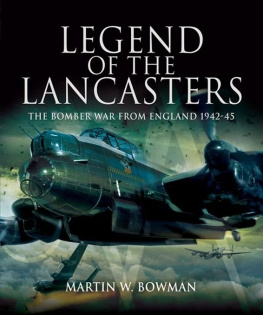
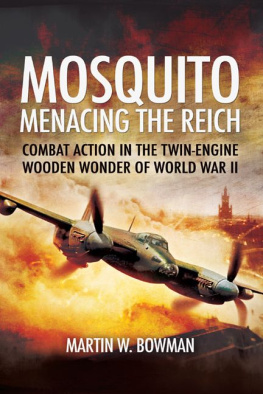
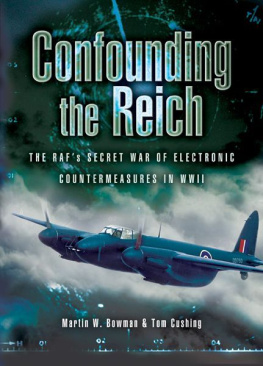
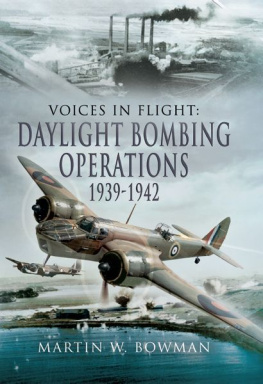
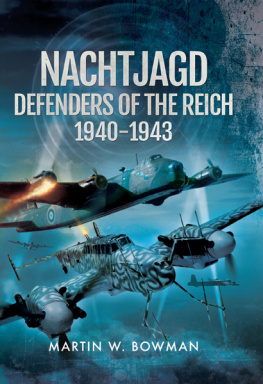
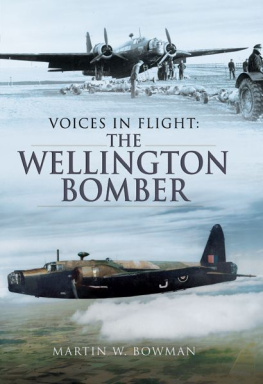
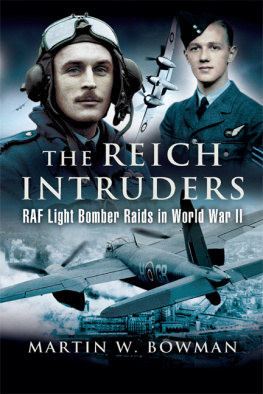

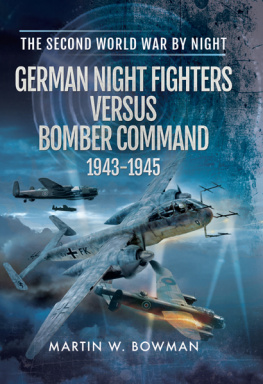


![Bar Wing Commander Guy P. Gibson VC DSO - Enemy Coast Ahead [Illustrated Edition]](/uploads/posts/book/180257/thumbs/bar-wing-commander-guy-p-gibson-vc-dso-enemy.jpg)



